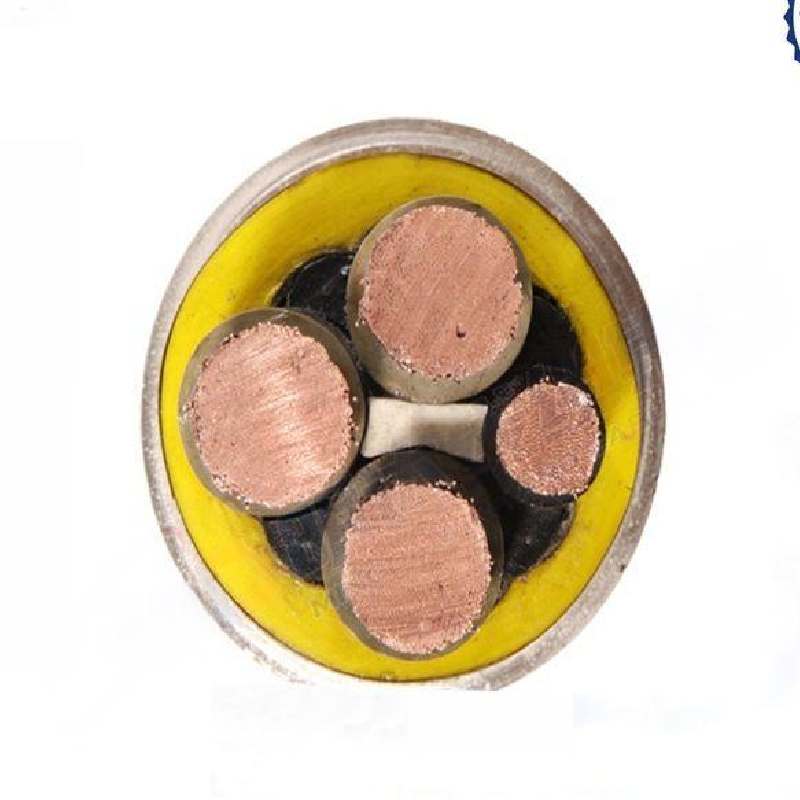Dec . 10, 2024 15:21 Back to list
Double Sphere Flange Rubber Joint for Enhanced Flexibility and Vibration Control
Understanding Double Sphere Flange Type Rubber Joints
In modern engineering applications, particularly in the fields of plumbing, HVAC, and industrial piping, flexibility and durability are paramount. One of the key components that facilitate these attributes is the double sphere flange type rubber joint. This component has gained prominence for its ability to absorb vibrations, accommodate misalignments, and minimize noise in piping systems.
What is a Double Sphere Flange Type Rubber Joint?
The double sphere flange type rubber joint, also known simply as a rubber expansion joint, consists of two spherical ends with flanges that connect to a piping system, and a central rubber body that allows for expansion and contraction. The spherical design provides a unique ability to distribute stresses evenly, thus enhancing its performance. This design is crucial for maintaining the integrity of plumbing systems, especially when they experience changes in temperature, pressure, or mechanical forces.
Main Components
1. Rubber Body The core of the joint is made from high-quality rubber, which offers excellent elasticity and flexibility. Typical materials include EPDM, NR, and neoprene, all of which can withstand various environmental conditions.
2. Flanges The flat, circular plates at either end of the joint are designed to be bolted to the respective pipes. Flanges come in various sizes and standards (e.g., ANSI, DIN) to fit different system requirements.
3. Reinforcement Layers Many double sphere joints include layers of fabric or metal wire reinforcement, which enhance the strength and durability of the rubber body, allowing it to handle higher pressures without failure.
Benefits of Using Double Sphere Flange Type Rubber Joints
1. Vibration Absorption These joints effectively reduce vibrations caused by pumps, compressors, and other machinery, protecting the piping system and extending the life of equipment.
double sphere flange type rubber joint

2. Misalignment Accommodation Pipes are often subject to misalignment due to thermal expansion, subsidence, or improper installation. The flexible nature of the double sphere joint accommodates these misalignments without putting stress on the piping system.
3. Noise Reduction By mitigating vibrations and absorbing shock, these joints also serve as a buffer to reduce operational noise, contributing to a quieter environment.
4. Corrosion Resistance The rubber used in these joints is generally resistant to corrosion and various chemicals, making them suitable for diverse applications, including wastewater treatment, chemical processing, and HVAC systems.
5. Easy Installation and Maintenance Installing a double sphere flange type rubber joint is straightforward, requiring minimal tools. Maintenance is also simplified, as periodic inspections can identify wear without the need for extensive disassembly of piping systems.
Applications
Double sphere flange type rubber joints find use in a wide range of applications. In the construction of water and wastewater systems, they serve to join pipes and facilitate the transport of fluids. In industrial settings, these joints are essential for connecting machinery to piping, ensuring that vibrations and misalignments do not compromise the effectiveness of systems.
Moreover, they can be utilized in HVAC systems, improving airflow and minimizing noise generated by air handling units. Other applications include fire protection systems, irrigation networks, and even marine systems, where flexibility and durability are crucial.
Conclusion
The double sphere flange type rubber joint is an integral component in modern piping systems, combining flexibility, durability, and ease of use. Its ability to absorb vibrations, accommodate misalignments, and reduce noise makes it indispensable in numerous applications across different industries. As technology advances, the materials and designs of these joints will likely improve, leading to even better performance and reliability in the future. For engineers and designers, understanding the benefits and applications of these joints is crucial in selecting the right components for any piping system, ensuring longevity and efficiency.
Share
-
Reliable Wafer Type Butterfly Valves for Every IndustryNewsJul.25,2025
-
Reliable Flow Control Begins with the Right Ball Check ValveNewsJul.25,2025
-
Precision Flow Control Starts with Quality ValvesNewsJul.25,2025
-
Industrial Flow Control ReliabilityNewsJul.25,2025
-
Engineered for Efficiency Gate Valves That Power Industrial PerformanceNewsJul.25,2025
-
Empowering Infrastructure Through Quality ManufacturingNewsJul.25,2025